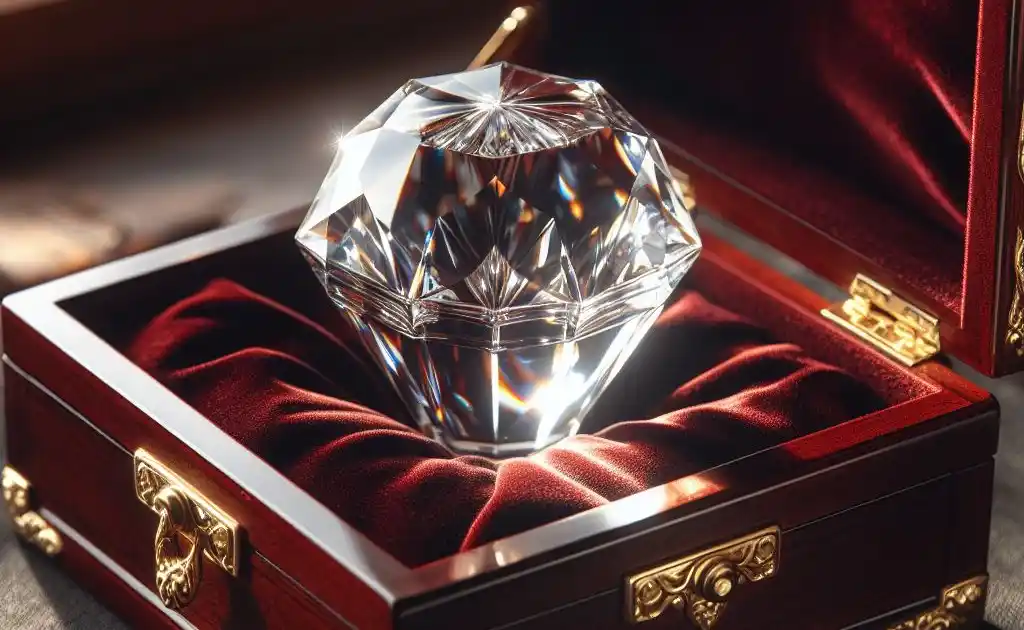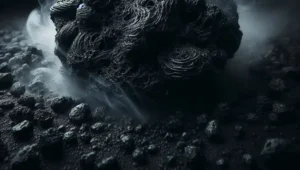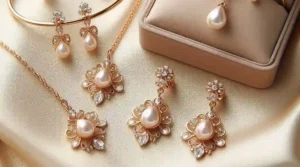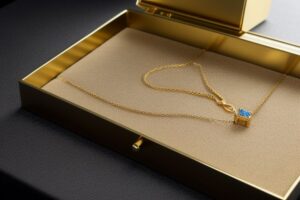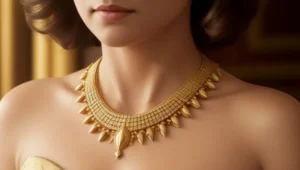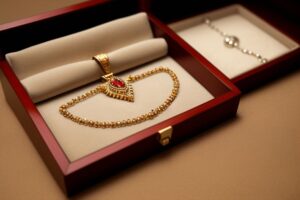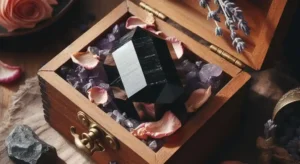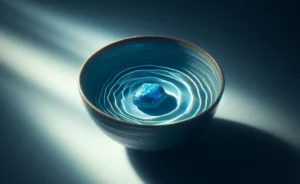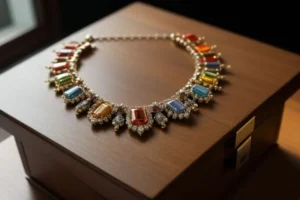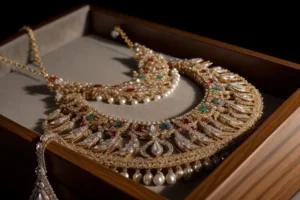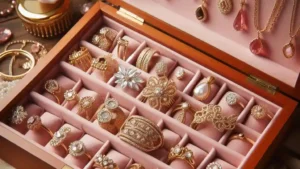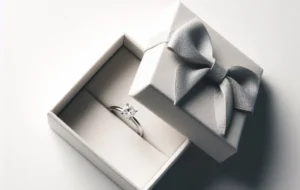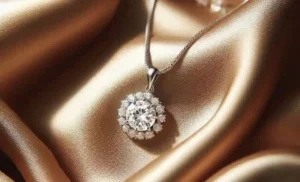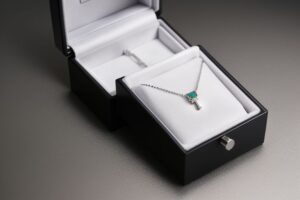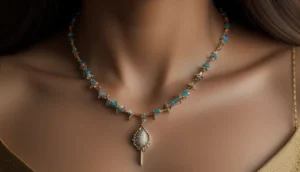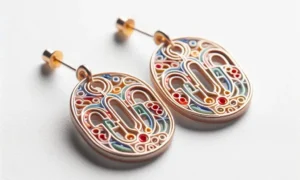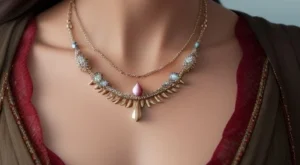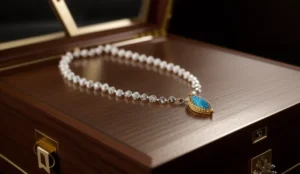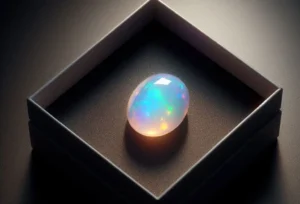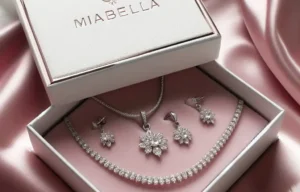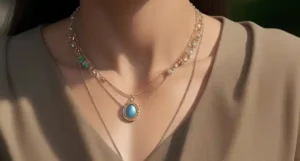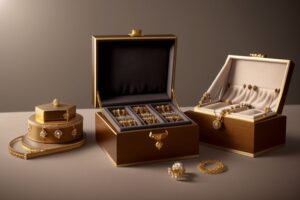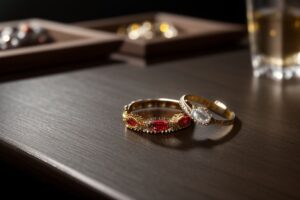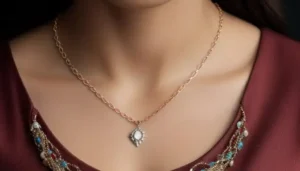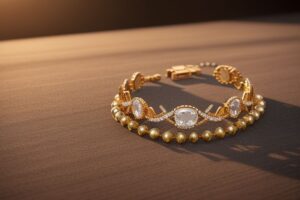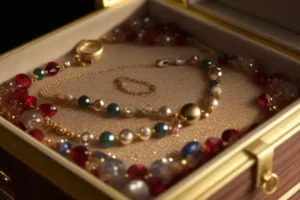How to Tell if a Crystal is Real? In a world increasingly captivated by the allure of natural crystals, distinguishing between genuine specimens and clever facsimiles is becoming more crucial than ever.
Whether you’re a seasoned collector, a newcomer to the crystal scene, or someone interested in the metaphysical properties of these natural wonders, knowing how to identify a real crystal is fundamental.
This comprehensive guide will walk you through the essential steps and tests to ascertain the authenticity of crystals, ensuring that your collection is as genuine as it is beautiful.
How to Tell if a Crystal is Real?

1. Conduct the Temperature Test: Real crystals, due to their thermal conductivity, remain cool to the touch even in warm environments, unlike plastic or glass imitations that quickly adjust to ambient temperatures.
2. Perform a Visual Inspection: Look for natural imperfections, such as color variations, inclusions, or asymmetrical growth patterns. Synthetic crystals often have an unnatural level of uniformity.
3. Use the Hardness Test: Utilize the Mohs scale of mineral hardness. Genuine crystals can scratch materials with a lower hardness rating, demonstrating their authenticity.
4. Assess Density and Weight: Genuine crystals feel heavier and denser due to their natural composition. Compare similar-sized pieces to discern differences.
5. Observe Refractivity: Real crystals bend and refract light uniquely, creating vibrant prismatic effects that counterfeits struggle to replicate accurately.
6. Try the Sound Test: Tap the crystal gently. A real crystal produces a clear, resonant tone, while imitations may emit a duller sound.
7. Consult with Experts: If in doubt, professional gemologists or reputable crystal dealers can provide conclusive assessments using specialized diagnostic tools.
Understanding the Basics of Crystal Authenticity
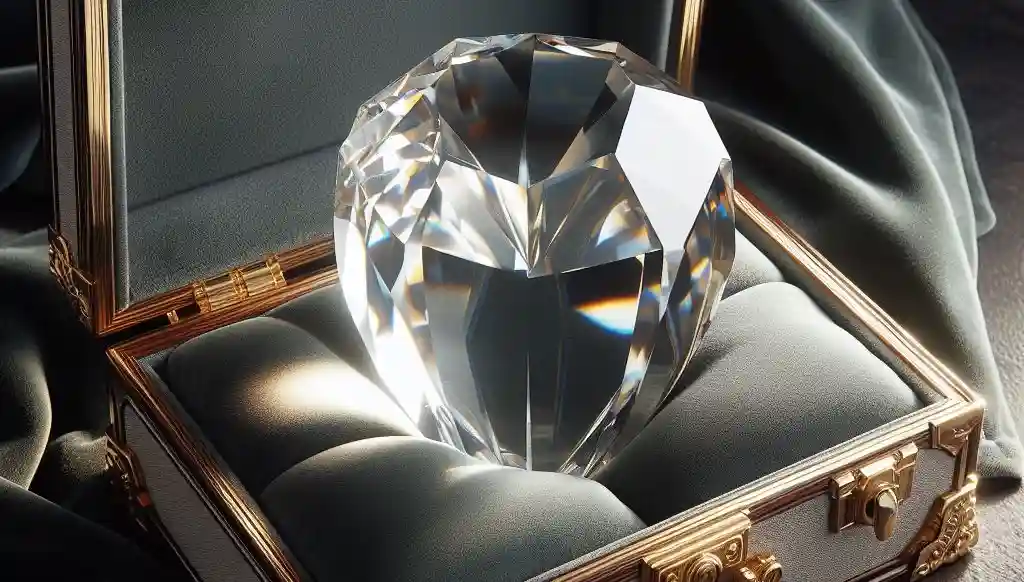
Delving into the realm of crystal collection necessitates a foundational understanding of what sets genuine crystals apart from their artificial counterparts. The market is awash with materials such as glass and plastic, crafted to mimic the aesthetic allure of real crystals, particularly those resembling quartz varieties.
These imitations, while visually appealing, lack the intrinsic physical and chemical characteristics inherent to natural crystals. The essence of discerning a real crystal from a fake hinges on familiarizing oneself with these fundamental properties.
Hardness, density, and refractive qualities are pivotal attributes that distinguish authentic crystals. For instance, a genuine crystal’s hardness allows it to scratch surfaces that imitation materials cannot, a direct reflection of its natural formation and composition.
Similarly, the density of a real crystal imparts a distinct heft, setting it apart from lighter synthetic look-alikes. The way light interacts with a crystal, its refractive quality, also serves as a clue to its authenticity; genuine crystals manipulate light in unique ways that are often challenging for counterfeit versions to replicate accurately.
Developing an understanding of these basic criteria is not merely about avoiding fakes; it’s about fostering a deeper appreciation for the natural beauty and complexity of genuine crystals.
The Temperature Test – Feeling the Chill
The temperature test serves as a simple, yet telling, indicator of a crystal’s authenticity. This method leverages the inherent thermal conductivity properties of genuine crystals, such as those found in quartz varieties, which enable them to maintain a cool temperature, even when subjected to warmer ambient conditions.
To perform this test, hold the crystal in your hand for several minutes; a real crystal should feel noticeably cooler compared to its surroundings and retain this coolness over time. In contrast, materials like glass or plastic, commonly used to create imitation crystals, lack this thermal conductivity and will quickly assume the temperature of their environment.
This quick adaptation makes them warmer to the touch soon after being held. It’s this distinctive cool sensation, a hallmark of many authentic crystals, that provides a clear, physical clue to their real nature.
Engaging in this tactile examination not only aids in distinguishing genuine crystals from their artificial counterparts but also connects you more deeply with the physical properties that define their authenticity.
Visual Inspection – Beyond the Surface
A critical eye can discern much about a crystal’s authenticity through careful visual examination. Genuine crystals often reveal their natural origins with subtle imperfections such as minor color variations, the presence of inclusions, or asymmetrical growth patterns.
These nuanced features are challenging for synthetic creations to perfectly mimic, offering clues to the keen observer about the crystal’s genuine nature. Conversely, imitation crystals may display an unnatural level of perfection, with consistent coloration and pattern regularity that rarely occurs in the natural world.
Additionally, the luster and sheen of a real crystal might differ from that of its artificial counterparts. Where real crystals can have a soft, organic glow, fakes often boast an overly glossy or reflective surface, betraying their man-made origins.
It’s also worth noting the edges and facets of the crystal; genuine specimens tend to have sharper, more defined cuts compared to the smoother, rounded edges commonly found on glass or plastic imitations.
This level of detail in visual inspection requires a discerning eye, cultivated through experience and comparison, allowing enthusiasts to spot the subtle yet telling signs that differentiate authentic crystals from their artificial impersonators.
Hardness Test – Scratching the Surface
The Mohs scale of mineral hardness, a scientific tool, aids in discerning a crystal’s authenticity by gauging its ability to scratch or resist scratches from other substances. Genuine crystals, like those in the quartz family, typically boast a hardness rating of 7 or higher on this scale.
This characteristic enables them to leave a mark on softer materials such as glass. To apply this test, you can carefully attempt to scratch a discreet area of a glass object with your crystal. Success in this endeavor suggests a high likelihood of authenticity due to the crystal’s demonstrated hardness.
However, it’s essential to proceed with caution during this assessment to avoid potential damage to both the crystal and the surface being tested. Additionally, the outcome should be considered in conjunction with other evaluation methods for a more comprehensive understanding of the crystal’s authenticity.
This approach, reliant on the comparative hardness of materials, serves as an objective measure amidst a suite of tests designed to unveil the true nature of your crystal specimens.
Density and Weight – A Matter of Heaviness
The tactile experience of holding a crystal can reveal much about its authenticity, particularly when assessing its density and weight. Authentic crystals possess a heft and solidity that is noticeably distinct from artificial replicas, a disparity rooted in their natural composition.
For example, a piece of genuine amethyst or quartz will demonstrate a greater weight when compared to a visually similar piece crafted from materials like glass or resin, which are often utilized in the fabrication of counterfeit crystals.
This palpable difference is especially evident when comparing two pieces of similar size and shape; the real crystal will invariably feel denser and heavier in the hand. Developing an intuition for this subtle yet significant distinction requires direct interaction with various crystals, allowing one to cultivate a tactile memory of what genuine specimens feel like.
This method, though less quantifiable than some scientific tests, offers an immediate and personal way to gauge a crystal’s authenticity, relying on the inherent properties of natural minerals.
Engaging with crystals in this hands-on manner not only aids in distinguishing real from fake but also deepens one’s connection to the material reality of these earth-born treasures, enhancing the overall experience of collection and appreciation.
Refractivity – Catching the Light
One of the more visually striking methods to assess a crystal’s authenticity involves observing its interaction with light. True crystals have a remarkable ability to bend and refract light in ways that create a spectrum of colors, akin to a prism effect.
This phenomenon is particularly pronounced in transparent crystals, such as quartz, where the internal structure plays with light to produce subtle yet captivating rainbow effects. In contrast, counterfeit materials, though they may strive to emulate this quality, often fall short in capturing the nuanced refraction seen in natural stones.
Their attempts at mimicking this effect can appear more uniform and less vibrant, lacking the depth and complexity of genuine crystals. By carefully observing your crystal under various lighting conditions, you can discern whether it showcases the characteristic light play of natural minerals.
This test, while relying on visual cues, taps into the intrinsic properties of crystals, making it an accessible yet insightful way to verify authenticity. Engaging with your crystals in this manner not only aids in identification but also allows you to appreciate the unique beauty and optical marvels inherent to real stones.
The Sound Test – Listening Closely
The Sound Test offers a unique approach to verifying a crystal’s authenticity, relying on the auditory feedback generated by tapping the crystal. Genuine crystals, due to their crystalline structure and density, produce a distinct, resonant ring or tone when gently struck, a quality not often replicated by artificial substances.
On the other hand, imitations made from materials like glass or resin may emit a sound that is noticeably less vibrant, often described as muted or flat. This method requires a careful and delicate touch, as the goal is to elicit sound without causing harm to the crystal.
It is particularly useful for those with a discerning ear, able to pick up on the subtle acoustic differences between real and fake specimens. The effectiveness of the Sound Test can vary depending on the size and type of crystal, with larger, more solid pieces providing clearer tones.
To conduct this test, find a quiet space where the nuances in sound are more easily discernible. Lightly tap the crystal with a small, hard object, and listen attentively to the sound it produces.
Comparing these sounds with known examples of real and imitation crystals can further refine your ability to use auditory cues in assessing authenticity. This engaging test not only aids in identification but also encourages a deeper sensory connection with your crystals, merging the tactile and the auditory in the pursuit of genuine natural beauty.
Consultation with Experts – When in Doubt
Should uncertainty persist after you’ve applied the outlined authenticity tests to your crystals, seeking the guidance of a professional may be your next best step. Gemologists and reputable crystal dealers have access to specialized diagnostic tools and possess a depth of knowledge that goes beyond the basic evaluation techniques available to most enthusiasts.
They can perform advanced assessments, like spectroscopy analysis or X-ray diffraction, which provide unequivocal evidence regarding a crystal’s authenticity. These methods delve into the molecular structure and composition of the crystal, offering a level of scrutiny that can confirm its natural origin or expose it as a counterfeit.
Although seeking expert consultation might incur a cost, the investment is invaluable for anyone serious about the legitimacy of their collection. It not only dispels doubts but also ensures that you’re investing in genuinely natural wonders, preserving the integrity and value of your assortment.
Engaging with professionals not only bolsters your confidence in the authenticity of your crystals but also enriches your knowledge, enabling you to make more informed decisions in future acquisitions.

